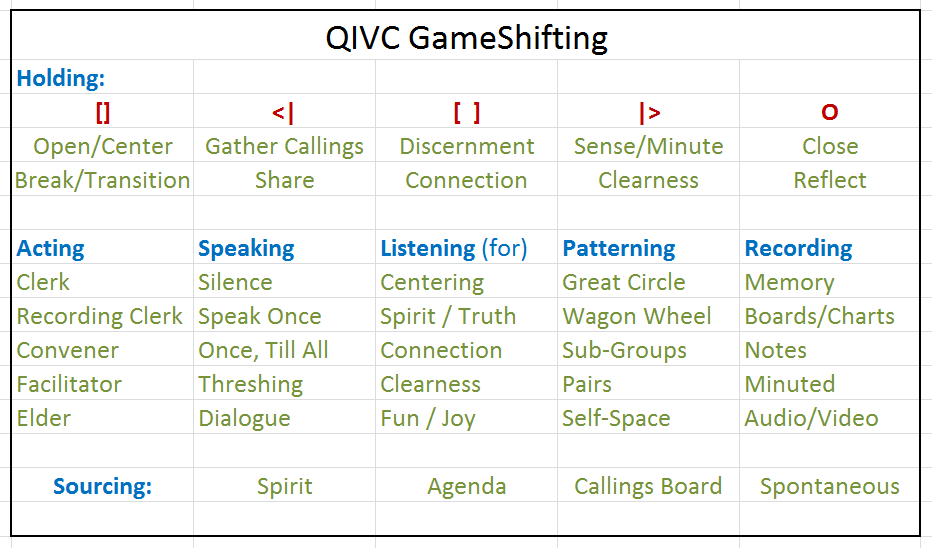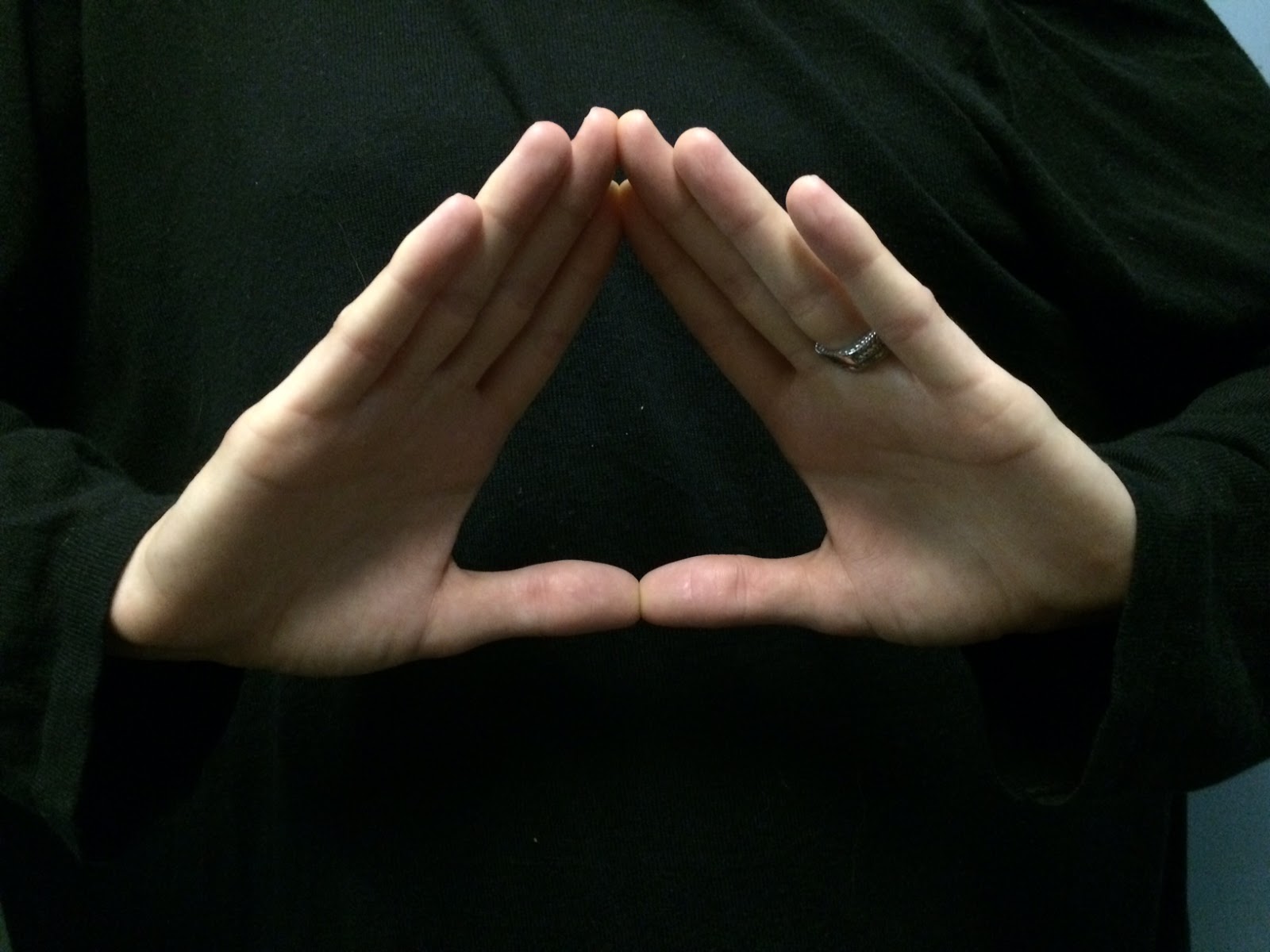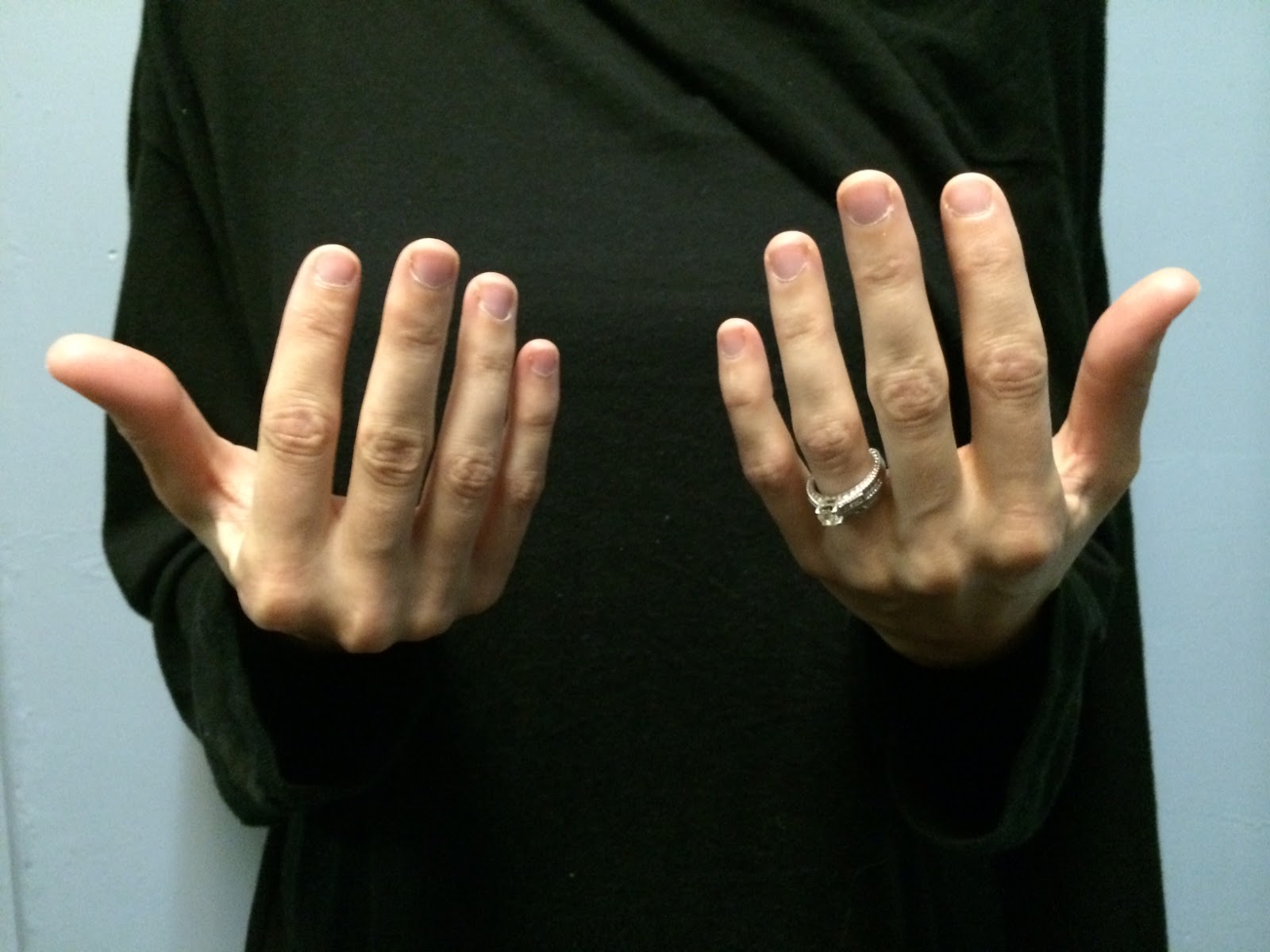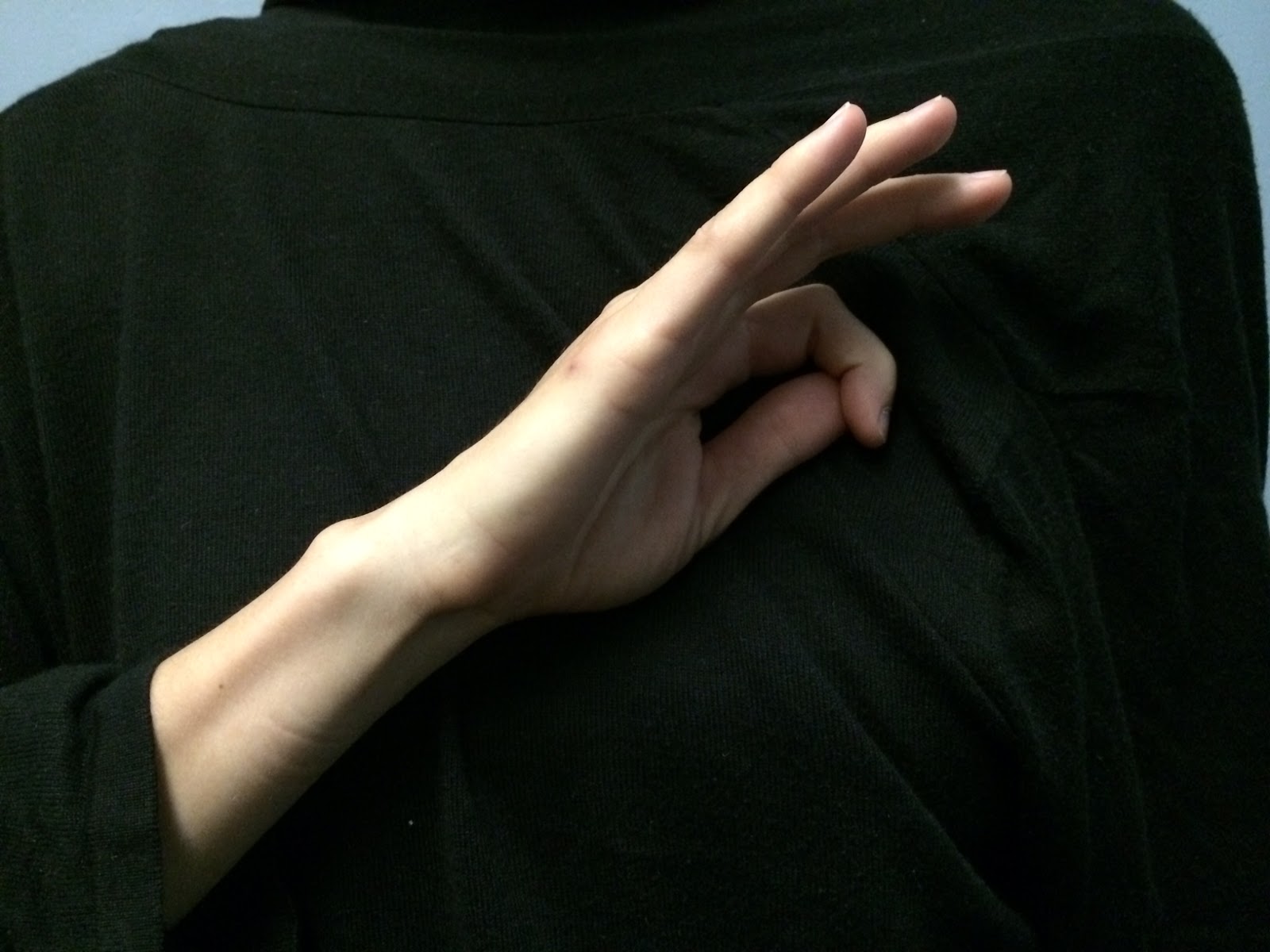GameShifting tools for Group Self-Facilitation
This weekend I’m facilitating the community retreat at Quaker Intentional Village Canaan and Eric Harris-Braun and I just customized a GameShifting Board for Quaker communities to use during the retreat. I’ve watched GameShifting perform magic with groups for kids and adults alike. So far, we’re off to a bit of a rough reception when introduced this evening, but I’m still hoping it will play out well in use tomorrow.
This had me revisit, revise and update some of our GameShifting Documentation and parts of the Agile Facilitator Training Manual. So, I’m going to post some highlights here.
Here’s a layout of the Quaker Gameshifting Board I made. (I still need to take photos.)

GameShifting Hand Signals
We use some hand signals to support the flow of verbal communication and productive group dynamics. When we speak one-on-one with each other, we rely on non-verbal communication cues that don’t always translate well to a group setting. Hand signals supply the group with this kind of instant feedback without interrupting a speaker. Hand signals make non-verbal communication explicit and deliberate by replacing subtle cues with intentional, well-defined ones. These are three of our most used signals:
Delta / change-up

A call to attention that the group process may need to be GameShifted or that the current process agreements are not being honored. A person can give this hand signal so others can have a chance to wrap up what they’re saying before they say what change-up they see is needed.
Sometimes the sign is enough to shift people’s awareness and behavior back on the intended track.
Twinkle fingers / this friend speaks my mind

This signal is done with wiggling fingers and demonstrates strong resonance with what is being spoken.
Got ya / you have been heard

This signal is held over the heart and means that the listener has understood the speaker’s point. It includes a gentle nudge that the speaker may move on and release it to the group. It is often helpful when the speaker is repeating a point in different words. If they know they were understood, they know they can move on. For example, this explanation may have warranted a “got ya” sign a sentence or two ago. The explanation continues in order to be sure the point is driven home, but if someone was here to utilize the “got ya” sign, it would have saved us all some valuable reading time.
Arthur Brock
SOCIAL DNA · POLYMORPHISM · GAMESHIFTING · FACILITATION · EMERGING LEADER LABS · COLLECTIVE INTELLIGENCE
